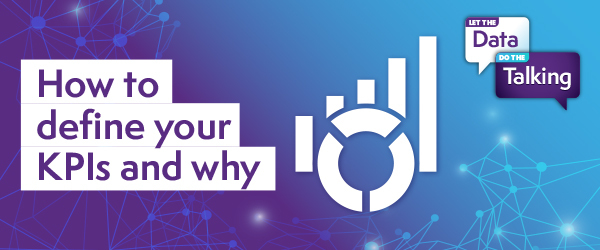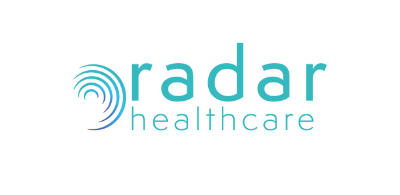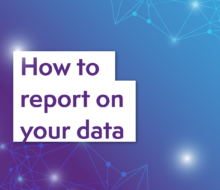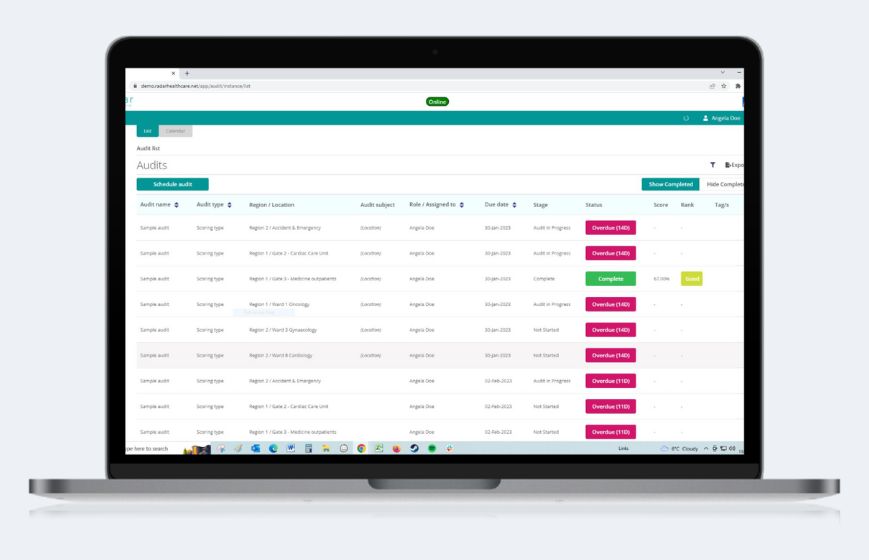How to define your KPIs and why
29 March 2022
Tags:
 Without key performance indicators (KPIs), it’s hard to see where you are succeeding and what your goals should be. Organisations that do not set realistic objectives struggle to improve, which can increase the likelihood of staff retention issues, incidents and complaints.
Without key performance indicators (KPIs), it’s hard to see where you are succeeding and what your goals should be. Organisations that do not set realistic objectives struggle to improve, which can increase the likelihood of staff retention issues, incidents and complaints.
Setting KPIs at both individual and organisational levels not only allows you to achieve short-term and long-term objectives and goals, but it also keeps your workforce energised and focused.
KPIs are often associated with revenue and sales, but it’s important to remember that they’re also markers of success in healthcare, ensuring objectives such as reducing patient falls, improving medication accuracies, and responding faster to service requests, are met.
With Radar Healthcare, users can choose which metrics to track, determined by their own experiences. Our inbuilt analytics module allows users access to automatically generate and update graphs to make quick decisions on the maintenance and operation of their organisation.
Instead of creating reports, worrying that they’re correct and having long meetings to discuss findings, you can simply show your custom dashboards to regulators and governing bodies to review and plan actions to improve your working methods.
Four Seasons Health Care Group, said “We can actually focus on the crucial points and find the hotspots where we need to drive that improvement.”
In an industry where everyone is pressed for time, it’s difficult to keep your eye on all the different aspects of your job at once so the option to set trigger points in our pulse dashboard can put your mind at ease and ensure tasks are being completed at the highest level.
To help you determine your KPIs, follow this simple four-step process:
1. Align your KPIs with your organisation’s objectives and goals
It may seem obvious but aligning your KPIs to what your organisation wants to achieve can ensure you’re on the right track. Focus first on the objectives that involve patients, residents and employees. With a concrete set of these that are linked to patient outcomes, you can roll them out across your organisation with training. With everyone on the same page, you can be confident that you’re collecting the right data.
Radar Healthcare connects all of your data together in a way that enables you to make sense of it so you can use the insight to drive real improvement. Read how Somerset NHS Foundation Trust uses analytics here.
2. Make your KPIs actionable
It’s one thing to define objectives but it’s another to know whether they can be achieved. Consider where you are now and what’s possible within your remit; if you overreach, you risk creating too many non-actionable KPIs. And when there’s no evidence or data, there’s nothing to base your decisions on.
Before identifying potential solutions, you must fully understand the breadth of your system. If your processes are currently disorganised, speak with stakeholders to develop actionable KPIs and improve internal engagement to focus people.
Radar Healthcare can help you to see when objectives are not being met. Using our action and improvement plans and communicating these through notifications and email reminders can help keep everyone on track.
3. Consider your desired outcome
What is the ultimate goal in your organisation? Do you have a set of visions and values that define a desired outcome? If safety outcomes are your top priority, learning from previous experiences should be one of your key performance indicators (KPIs). To do this, we must understand what went wrong, who was involved, and when.
With Radar Healthcare’s analytics module, you can drill down into why your KPIs are being met – or not – to help you make informed decisions. Feedback and other useful data can be collected, analysed, and shared, to help you in improving and meeting your end goals.
4. Think about the who, what, where and when?
Once you’ve defined your KPIs, you’ll need to identify the departments and employees involved and the roles they’ll each play in achieving these.
This is where Radar Healthcare comes in: our project managers work closely with organisations like yours to determine who needs to be involved and when, so you can create a culture of ownership and standardised behaviours. With an in-house development team responding quickly to ongoing regulatory changes (we were the first supplier to be LFPSE compliant), you can also be assured that we’ll be there for you even if the goalposts shift and your KPI’s and objectives evolve.
Learn from your data with Radar Healthcare
If you’ve read through the four steps and think you should be doing more with your data and KPIs, contact us today.
Book a demo










